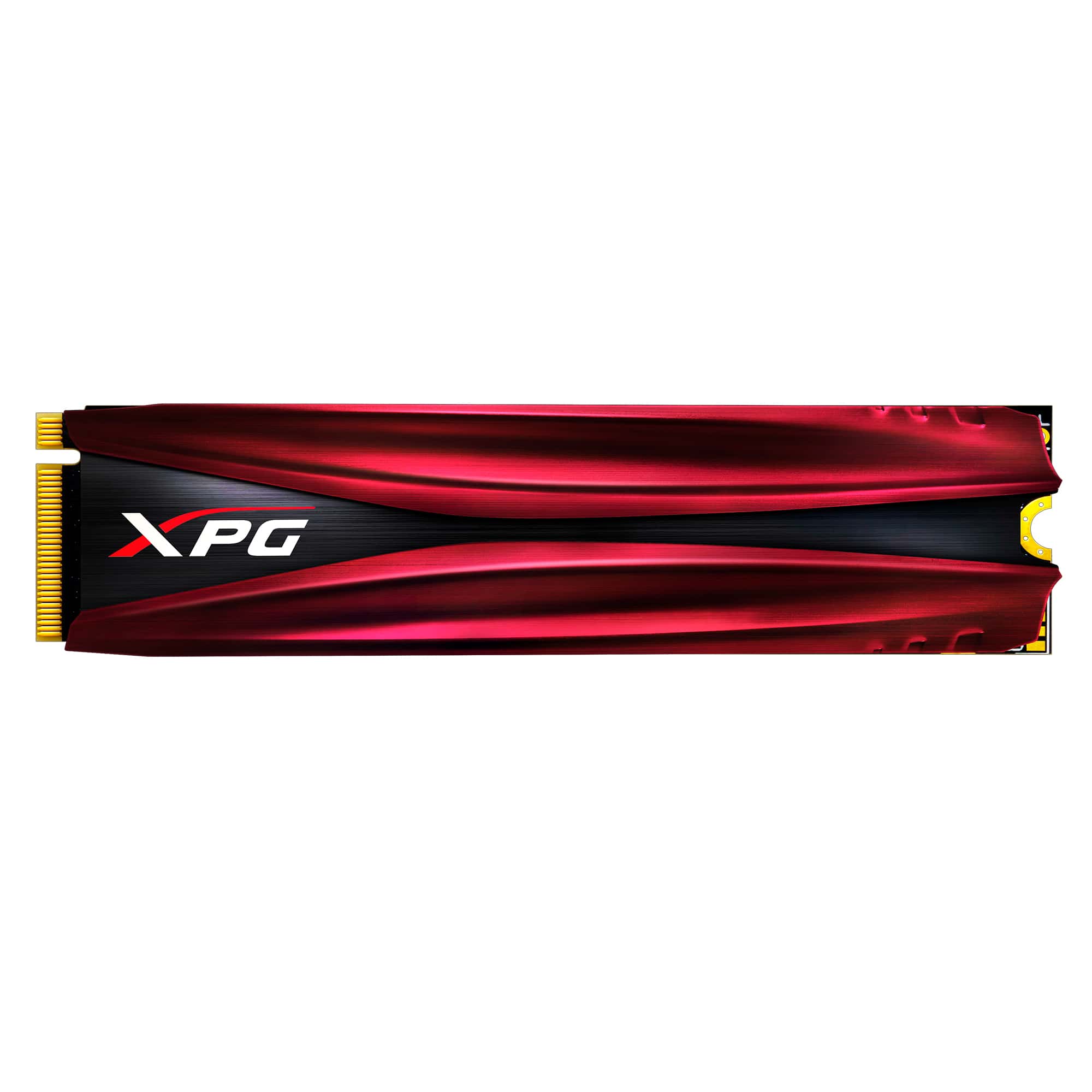Definition
The SSD is a storage system that uses flash memory, similar to the ones found in thumb drives. SSD works by using the flash memory that uses memory chips (typically NAND-style chips). These chips contains semiconductors that flips arrays into different states of electric charge to store codes instead of depending on physically “writing” data on a disk. Since nothing moves but the electrical patterns, the storage drive is “solid state”, hence the name solid-state-drives derived.

SSD comes in all forms and sizes
Advantages of SSD
No moving parts: SSD have their own lifespan limitations but they are generally more durable and reliable because there is no moving parts to damage and no drive motor to break.
Speed: Since SSD uses electricity, SSD can write or read data at incredible speeds compared to HDD. Furthermore, it uses a fraction of the power and results in less heat build-up. SSD also has speed benefits related to a lack of fragmentation and other solid state qualities.
Mobility: SSD are smaller in size and lighter than previous drives. Due to the form factor, it is possible to implement into ultra-thin laptops, tablets and other mobile devices.
Low failure rates: Due to widespread material improvements and features like ECC (error-correcting code), SSD malfunction less often compared to HDD.
Size and Design: SSD can come in many different shapes and sizes, depending on how many clips they have and how those chips are arranged. This makes them more versatile than alternatives.
Longer lifespan: Every SSD has a lifespan that is limited by wear on the drive’s ability to properly store the electrical charges sent to it. Fortunately, most SSD lifespan can last longer in decades depending on the usage rates. Research has shown that SSD last longer than HDD counterparts.
Type of SSD connections
SATA III: This is the final stage of older connection option that works with both SSD and HDD. It was very useful during the transition from HDD to SSD. However, SATA III connections are losing favour because it only can handle a maximum bandwidth of about 600 megabytes per second.

SATA III 2.5” SSD
M.2: An M.2 is a form factor SSD that are designed to enable high performance storage in thin, power-constrained devices, such as ultrabook and tablet computers. They are generally smaller than SATA SSD, for which they are alternatives to the bigger size 2.5” SATA SSD.

M.2 SSD
PCIe: Also known as Peripheral Component Interconnect Express, which connects to PCIe lanes in motherboards for a more direct flow of data. As a result, they are speedy, supporting SSD writing speeds around 1GB per second. However, they are currently quite expensive.
NVMe: Also known as Non-Volatile Memory Express, which is designed to augment PCIe connections that they are more versatile, easier to upgrade and generally even faster. NVMe is currently even newer and latest than direct PCIe connections and so even more expensive. However, look out for this spec as it will become common in the future.

NVME SSD
We have multiple brands of SSD available such as Western Digital, Galax, Adata, XPG and Samsung Evo. What is your favourite SSD? Is it SATA, M.2 or NVME? Comment down below and let us know.
Source: https://www.digitaltrends.com/computing/what-is-an-ssd/